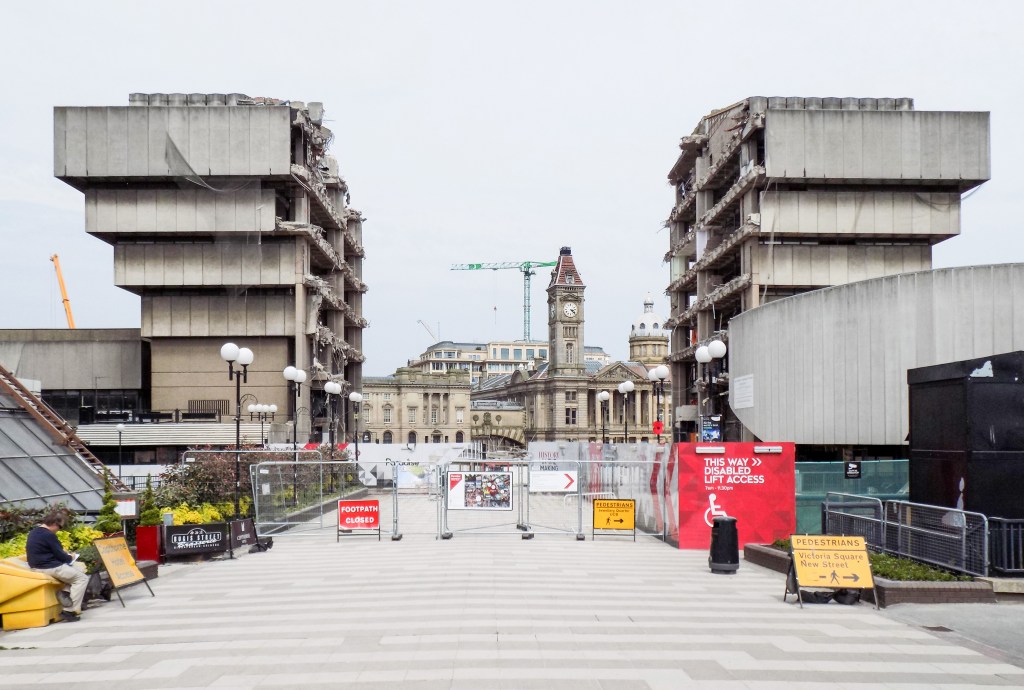Save the concrete monsters: That’s the unofficial rallying cry of SOS Brutalism, a crowdsourced online database that, since its launch in October 2015, has uploaded more than 1,000 exemplars of béton brut. Now the founders of the platform have bolstered the effort with SOS Brutalism: A Global Survey (Park Books, 2018).
“This book calls for a rediscovery of Brutalism: as a regionally embedded, oppositional, heroically artistic architecture, that celebrates both the performing craftsman and the architect, both of whom have time and again succeeded in wresting a unique work from the prevailing circumstances,” writes Oliver Elser, a historian and curator, in the introductory essay.
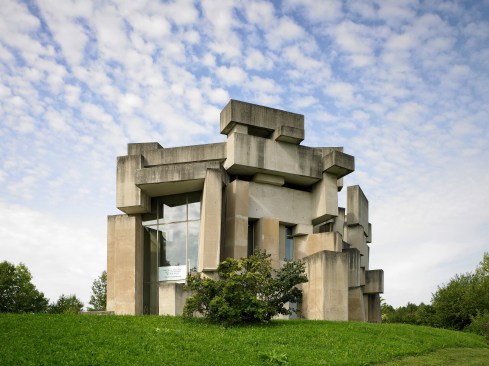
Wolfgang Lieb
Fritz Wotruba's Holy Trinity Church in Wien-Mauer, Austria
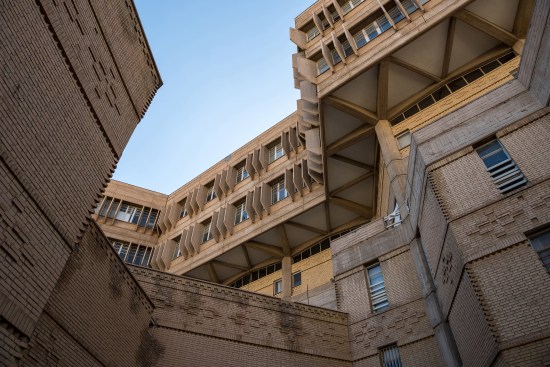
Hamidreza Bani
Minoru Yamasaki's Pahlavi University (now Shiraz University) in Shiraz, Iran
The scope of the survey is staggering: more than 750 pages, it spotlights projects from around the globe, focusing especially on a handful of case studies, among them churches, British universities, and Japanese civic halls. The authors have even managed to uncover three projects by women architects: Krystyna Tołłoczko-Różyska in Poland, Högna Sigurðardóttir in Iceland, and Yasmeen Lari in Pakistan.
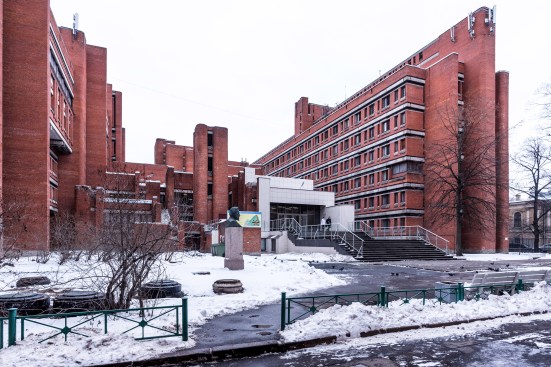
Konstantin Antipin
Victor Leviash and Naum Matusevich's Building 5 at the Leningrad (now St. Petersburg) Electrotechnical Institute in Russia
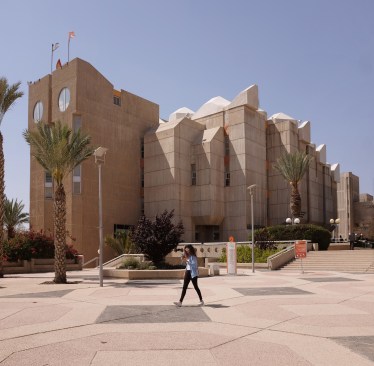
Gili Merin
Ben Peleg's Ben Gurion University campus in Be'er Sheva, Israel
The goal of the effort: to reach a mainstream audience, and to that end Elser has also mounted an exhibition at the Deutsches Architekturmuseum (DAM) in Frankfurt. Visitors to the show are encouraged to search for Brutalist buildings in Frankfurt and post them to social media; the best ones are displayed at the exhibit itself.
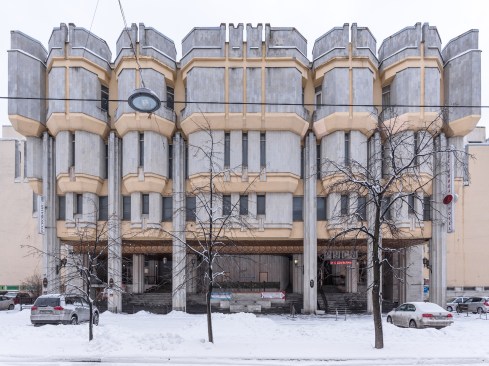
Konstantin Antipin
The Hotel Rus by Gurevich and Zhukov in St. Petersburg, Russia
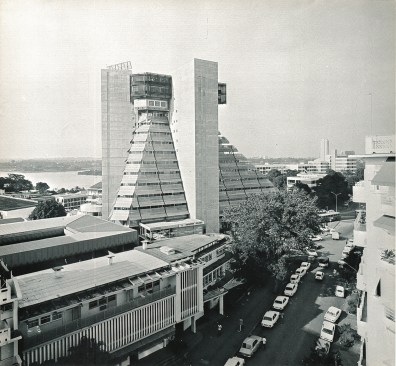
SOS Brutalism
Rinaldo Oliveri's La Pyramide in Abidjan, Ivory Coast
Of course, it’s one thing to persuade the public to appreciate these concrete monsters; it’s another to get that interest to translate into boots-on-the-ground efforts to save them (about 10 percent of the buildings in the SOS Brutalism database are currently threatened). If nothing else, the book represents a significant contribution to charting the global rise of this period of architecture and what remains of that legacy.
